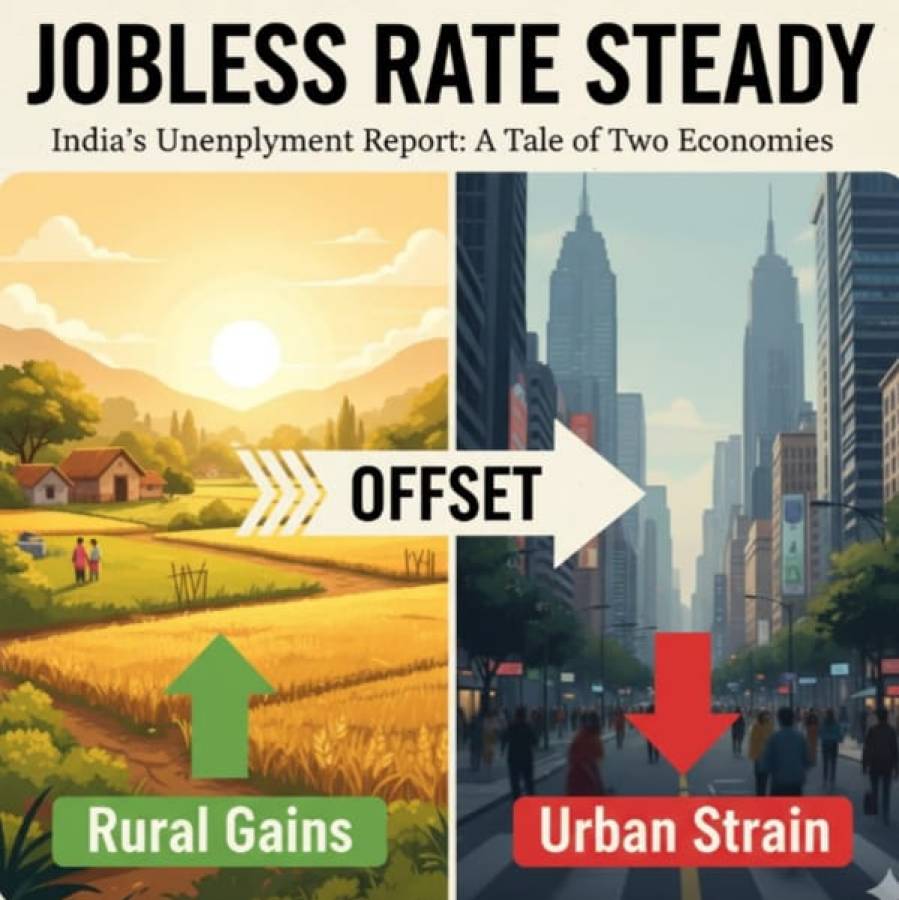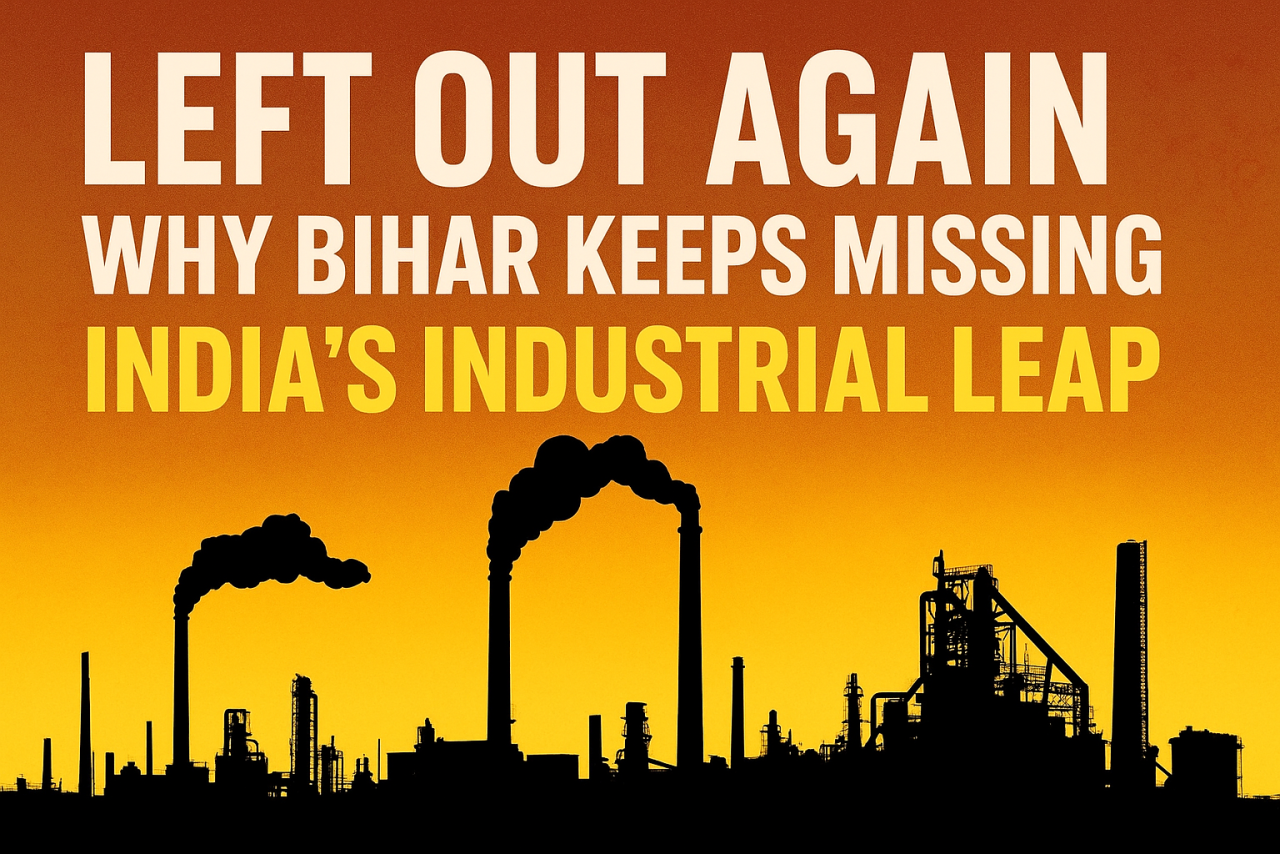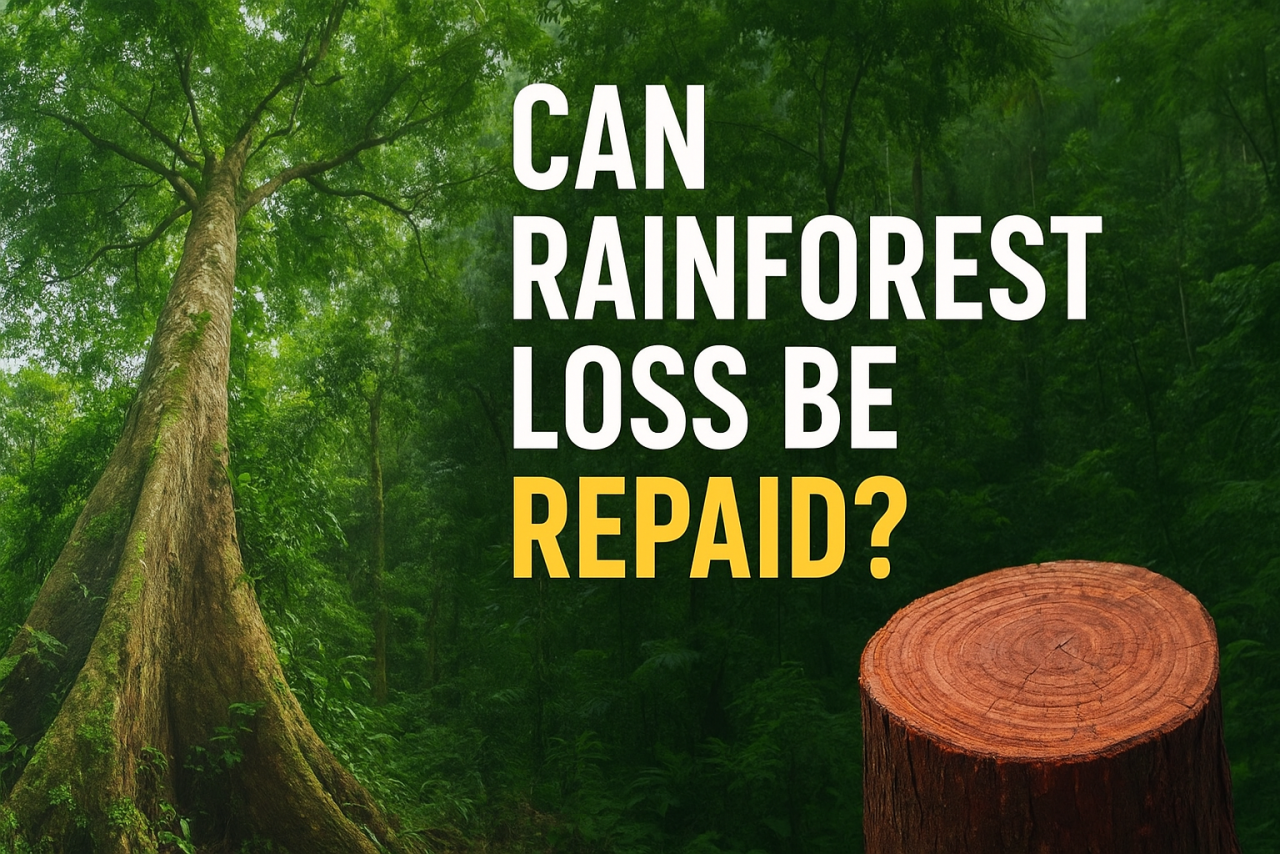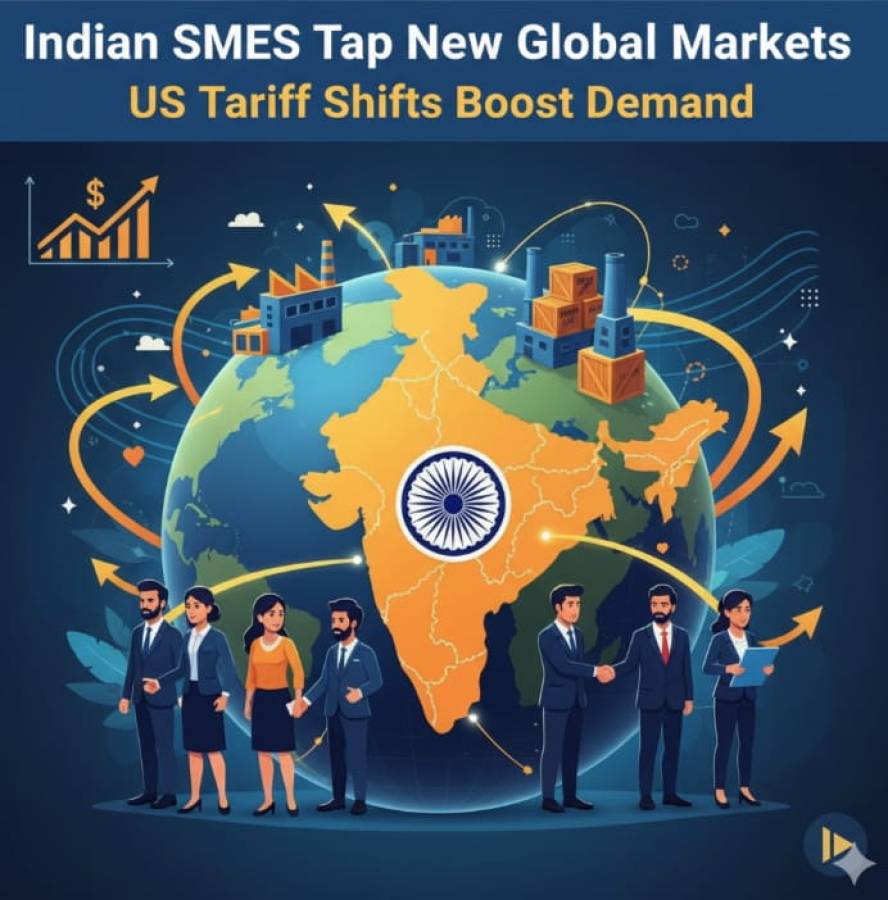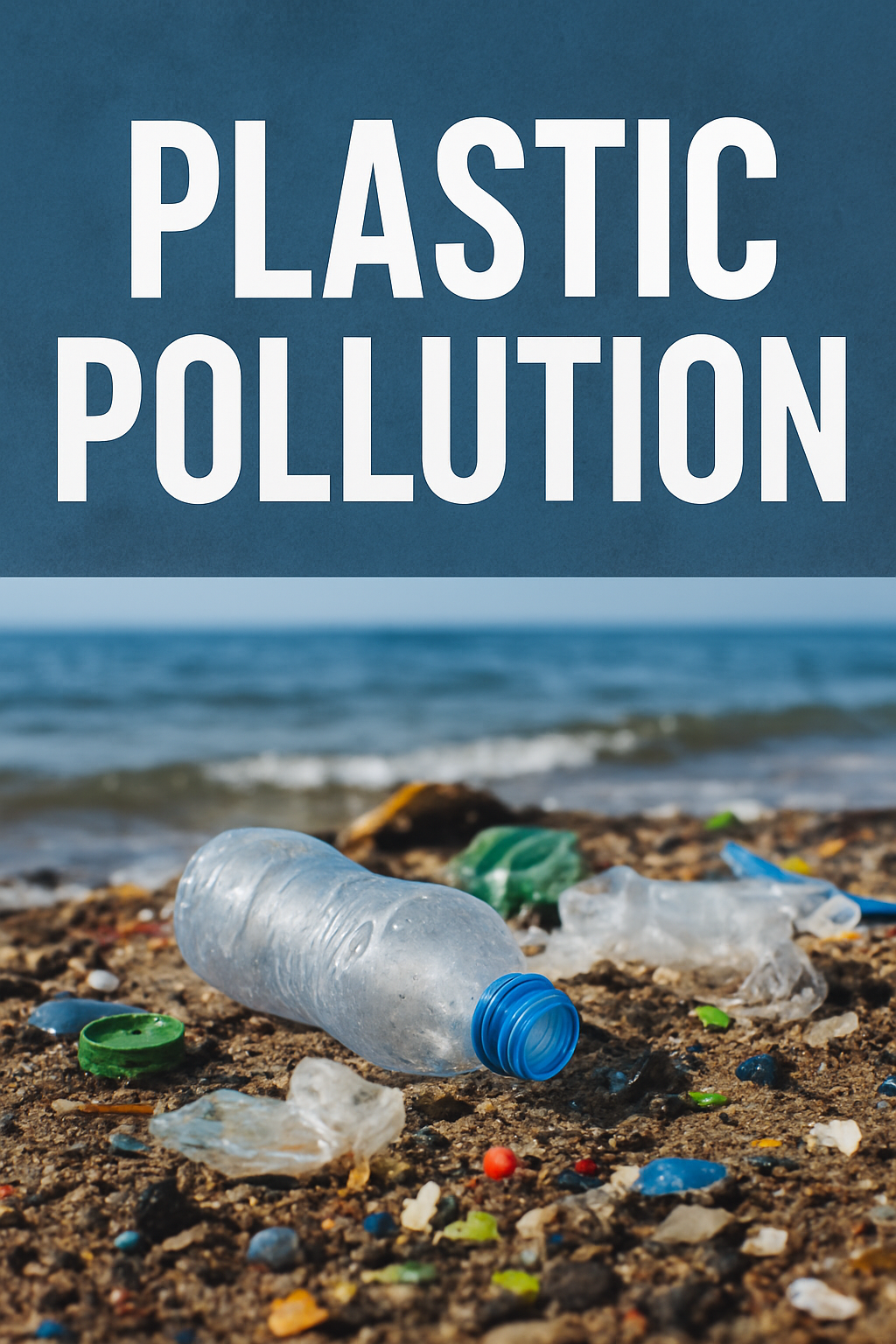
Walk down any street, look at a riverbank or climb a mountain peak and you will find plastic everywhere. What began as a miracle invention of the 20th century has now turned into one of the greatest threats to human health, ecosystems and global sustainability. Plastic pollution is no longer only an environmental issue. It has grown into a full socio-economic crisis.
The Scale of the Problem
Every year the world produces more than 430 million tonnes of plastic, according to the UN Environment Programme. Almost two thirds of this is short-lived, things like packaging, bottles and disposable cutlery that are used once and thrown away. The tragedy is that less than 10 percent of all plastic ever produced has been recycled. The rest has been landfilled, incinerated or leaked into the environment.
If this trend continues, global plastic production will triple by 2060. By then, our oceans may hold more plastic than fish in terms of weight. This is not just a metaphor. It is a reality backed by data.
Oceans Turning into Plastic Soup
Marine life is suffering the most from our plastic addiction. Around 11 million tonnes of plastic waste enter the oceans every year. To put that into perspective, it equals one truckload of plastic being dumped into the sea every minute.
The impact is heartbreaking.
- More than 800 marine species are harmed by plastic either by swallowing it or getting trapped in it.
- Sea turtles mistake plastic bags for jellyfish. Seabirds feed bottle caps to their chicks. Whales wash up with stomachs filled with plastic.
- Microplastics, fragments smaller than 5 millimeters, are found from Arctic ice to the deepest ocean trenches.
Humans are not safe either. A recent study found that we consume the equivalent of one credit card of microplastic every week through water, food and even the air we breathe.
Human Health and Economic Losses
Plastic does not only choke nature. It also enters our bodies. Microplastics have been detected in human lungs, placentas and blood. The long-term impact is still being studied but early evidence connects them to hormonal disruption, cancers and reproductive problems.
The economic damage is equally worrying. The OECD estimates that plastic pollution costs the world around 600 billion dollars every year in lost ecosystem services, clean up expenses and health damages. Coastal tourism, fisheries and agriculture in developing countries are hit the hardest.
The Global Divide
Most mismanaged plastic waste comes from middle and low income countries. The problem is not lack of concern but lack of infrastructure. Waste systems in these regions cannot keep up with rising consumption. For example, Asia is responsible for almost 80 percent of ocean plastic leakage, with the Philippines, Indonesia and Vietnam among the largest contributors.
But a large share of this waste is linked to products manufactured and exported by developed economies. This raises the issue of fairness and shared responsibility. Should countries still struggling with poverty carry the main burden of cleanup or should those profiting from global plastic supply chains take more responsibility?
What Policymakers Can Do
The world is negotiating a Global Plastics Treaty but progress has been slow. Countries are divided on whether to cut plastic production itself or focus mainly on waste management. Science shows that unless production is reduced, recycling alone cannot solve the crisis.
Policymakers should focus on three key areas.
- Reduce Production at Source
- Ban single use plastics and support alternatives
- Encourage industries to adopt biodegradable packaging and refill models
- Make manufacturers accountable for waste through extended producer responsibility
- Improve Waste Management
- Invest in collection, segregation and recycling systems
- Support safe innovations like chemical recycling and waste to energy plants without shifting pollution elsewhere
- Promote Global Cooperation
- Push for a binding international plastics treaty similar to the Paris Agreement
- Ensure financial aid and technology transfer for developing countries
- Standardize data so every country measures plastic flows in the same way
The Critical Picture
Plastic pollution is closely linked to climate change. Plastic production is responsible for about 3.4 percent of global greenhouse gas emissions, which equals the entire carbon footprint of India. If nothing changes, plastics could account for one fifth of the world’s oil use by 2050.
Fighting plastic waste is therefore also a climate solution. It requires rethinking how we produce, consume and discard materials.
Final Take
The irony of plastic is hard to miss. Something designed to last forever is used for just a few minutes and then thrown away. We created this invisible enemy but we also hold the power to defeat it. What the world needs now is firm action, financial commitment and strong political will.
If we fail to act, our children will not only inherit our plastic waste. They will inherit a planet struggling to breathe under its weight.




